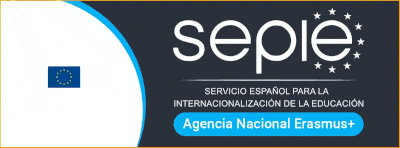This website use cookies to ensure you get the best experience on our website
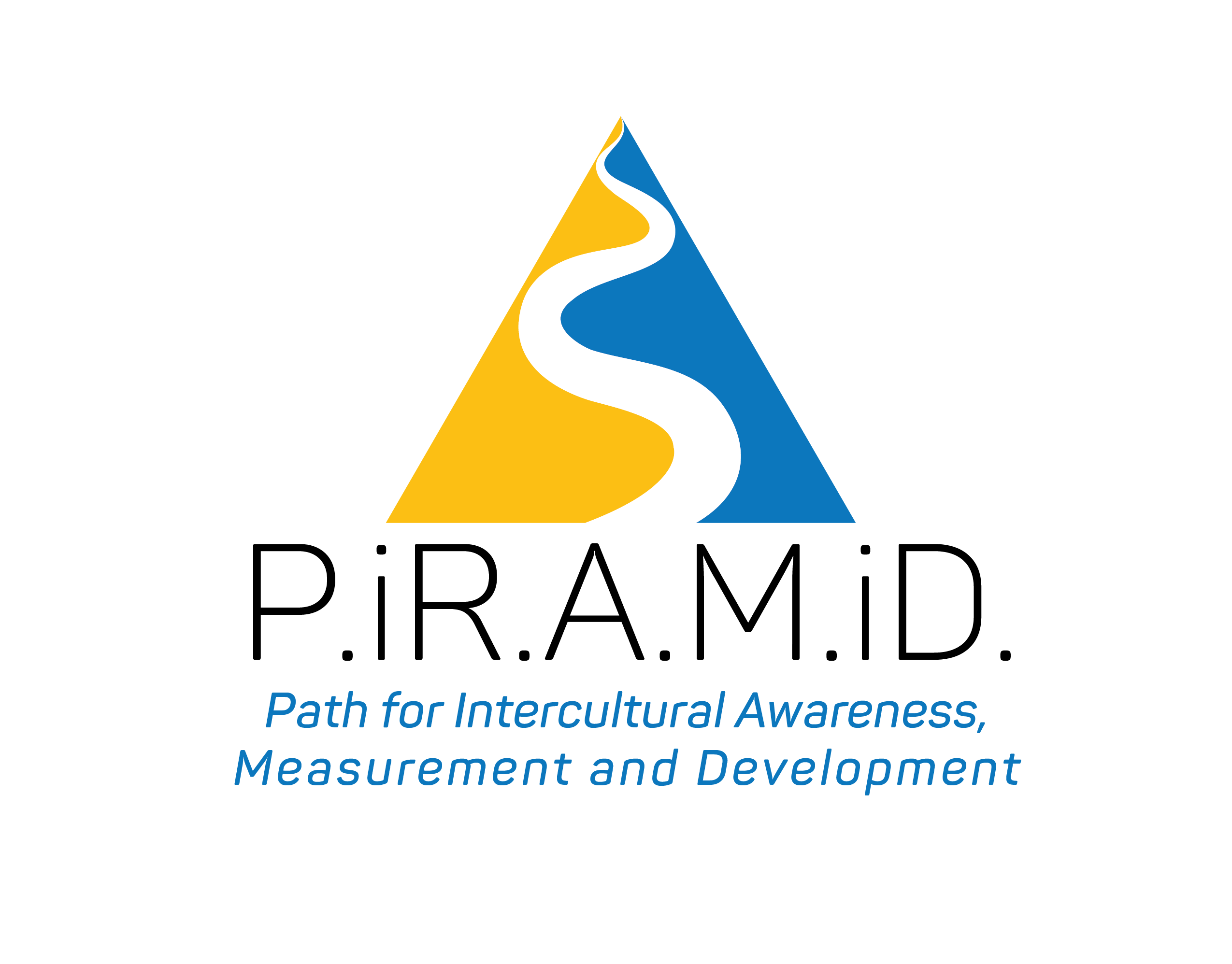
P.IR.A.M.iD
2023-1-ES01-KA220-VET-000157060
P.iR.AM.iD Reactive Model
20 September 2024
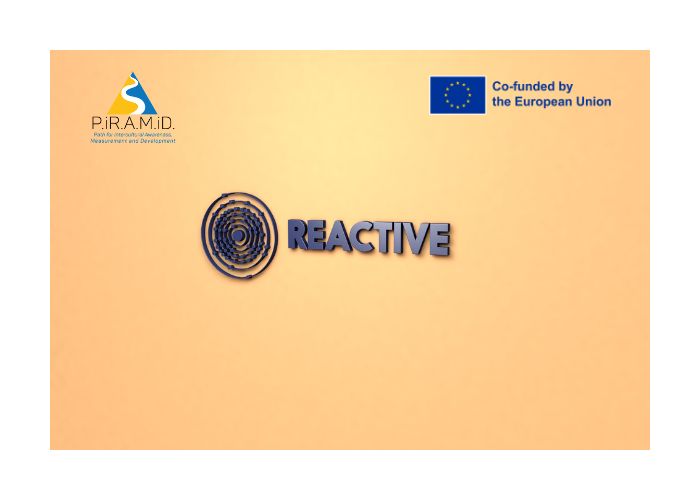
Continuing our exursus in the he P.IRAM.ID project theoretical model, we are presenting today the Reactive cultural model (based on Richard Lewis ‘one) applied to the Digital world, Vet Schools, Tourism sectors.
First, we are going to list some of the most relevant characteristics of the Reactive group, from the original Richard Lewis’ Model:

The behavioural indicators we identified for the Reactive cultural type and applied it to the sectors that we are investigating are the followings:

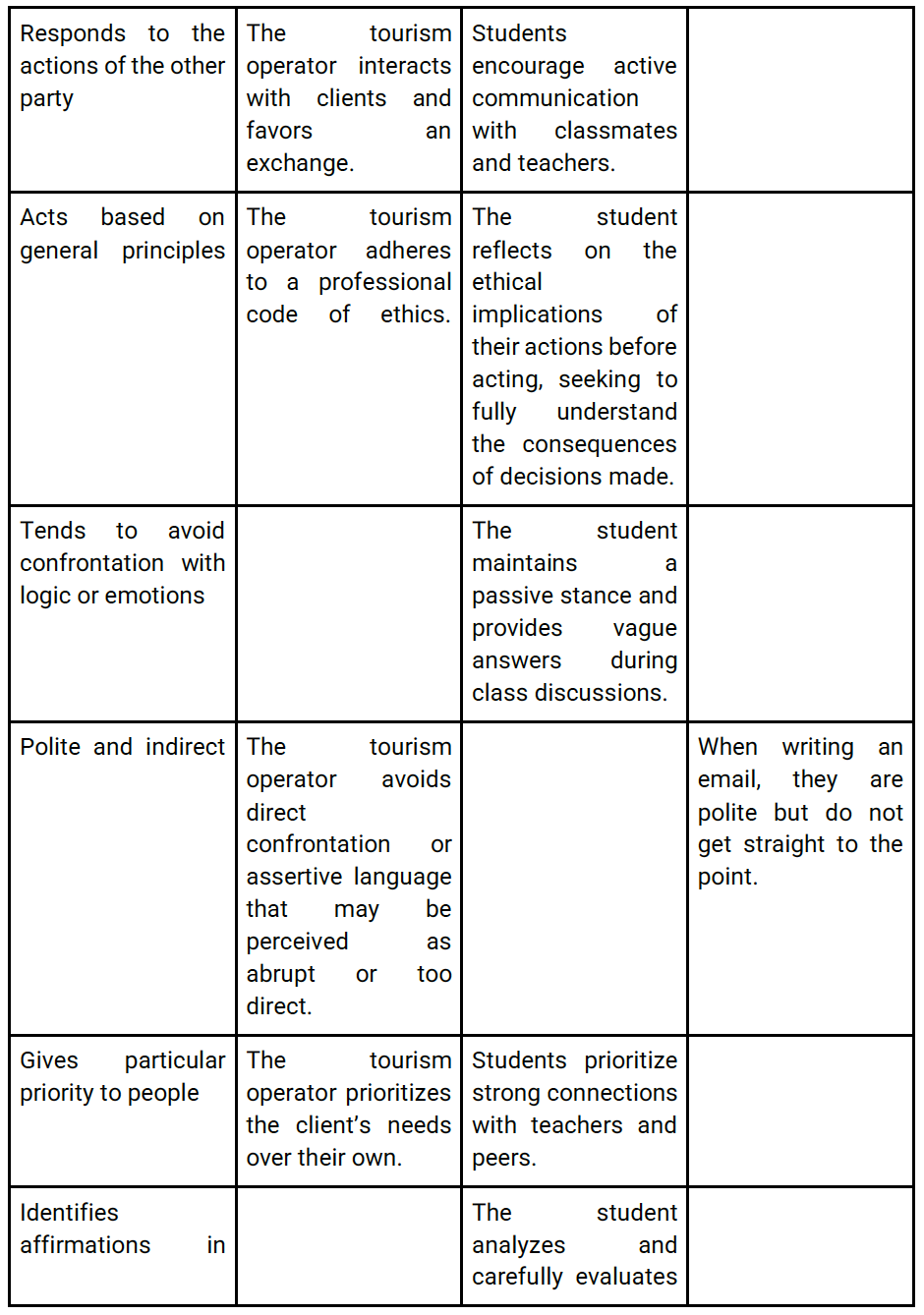
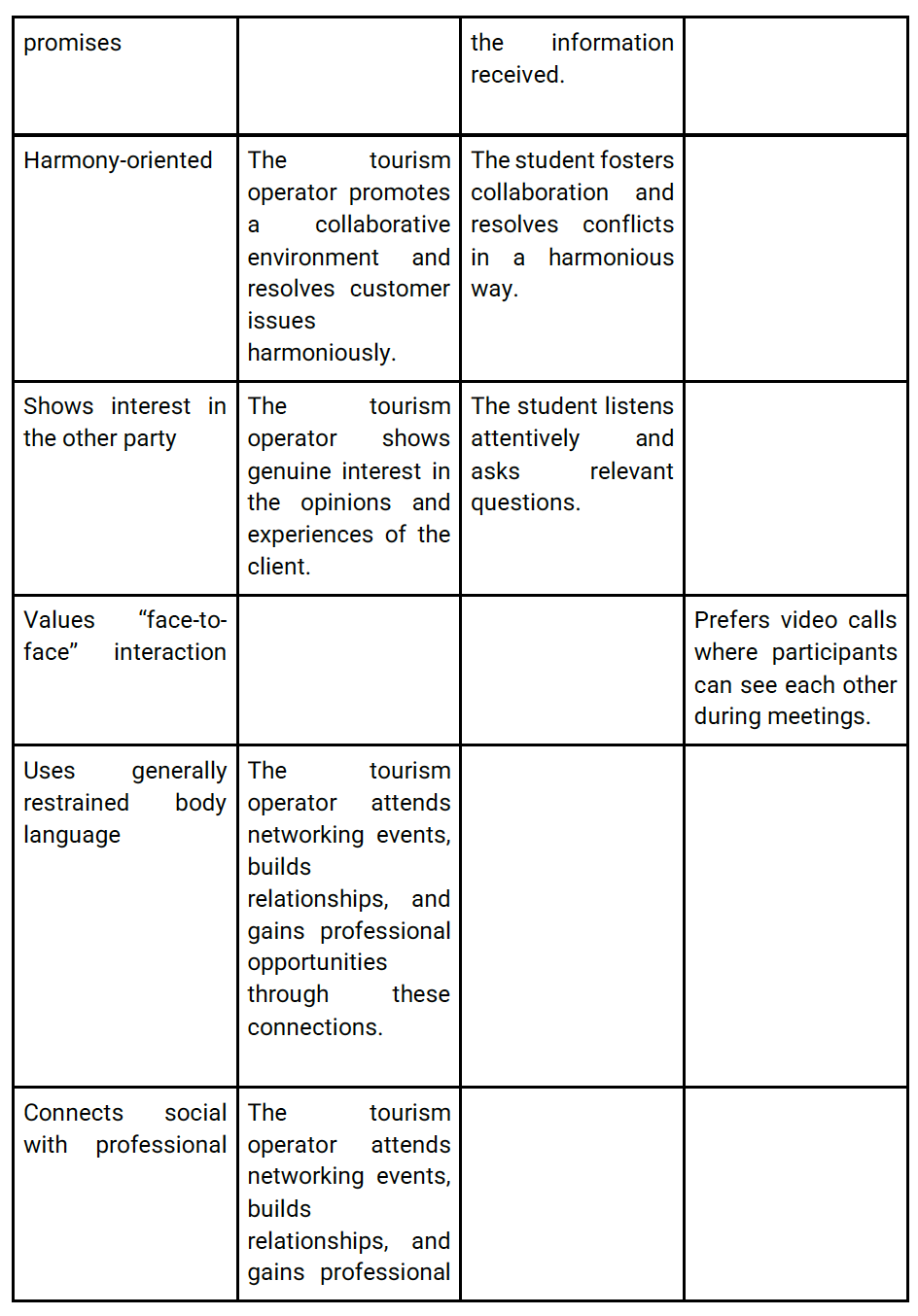

The table reveal that individuals from a Reactive culture working in the tourism sector are attentive listeners and engage in meaningful exchanges with clients. These tourism operators adhere to a professional code of ethics and tend to avoid direct confrontation, opting instead for more subtle forms of communication. They prioritise the needs of their clients over their own and foster a collaborative environment, resolving customer issues in a harmonious manner. Additionally, they demonstrate genuine interest in clients' opinions and experiences. They actively participate in networking events, building relationships that lead to valuable professional opportunities.
In the education sector, Reactive students display the following characteristics: they listen attentively to their peers and promote active communication with both classmates and teachers. These students reflect on the ethical implications of their actions before taking them, aiming to fully understand the consequences of their decisions. While they tend to adopt a passive stance and may give vague answers during class discussions, they prioritise building strong connections with both teachers and fellow students. They analyse and carefully evaluate the information they receive, fostering collaboration and resolving conflicts in a harmonious manner. Additionally, they listen attentively and ask relevant questions.
Regarding Reactive individuals in the digital sector, our research indicates that they prefer video calls where participants can see one another during meetings and when writing an email they are polite but do not get straight to the point.
In our upcoming article, we are going to unveil Multi-Active models so do not miss it out!
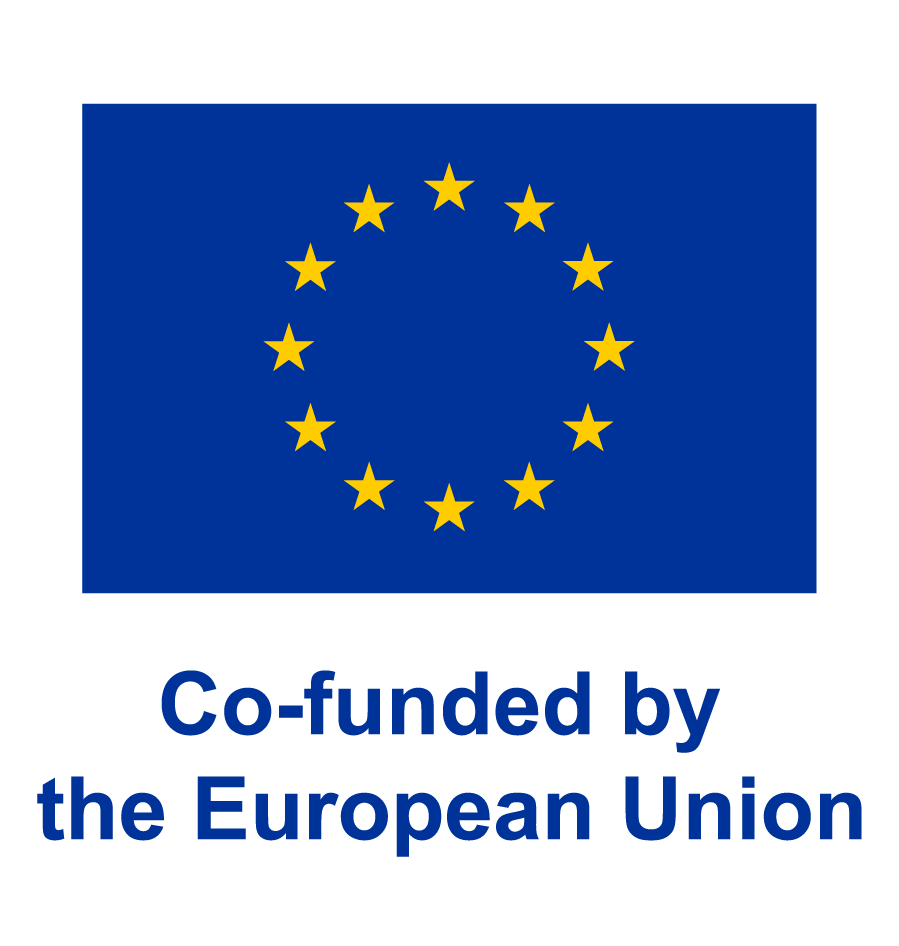
This project has been funded with support from the European Commission.
This publication reflects the views only of the authors, and the Commission cannot be held responsible for any use which may be made of the information contained therein.
